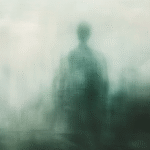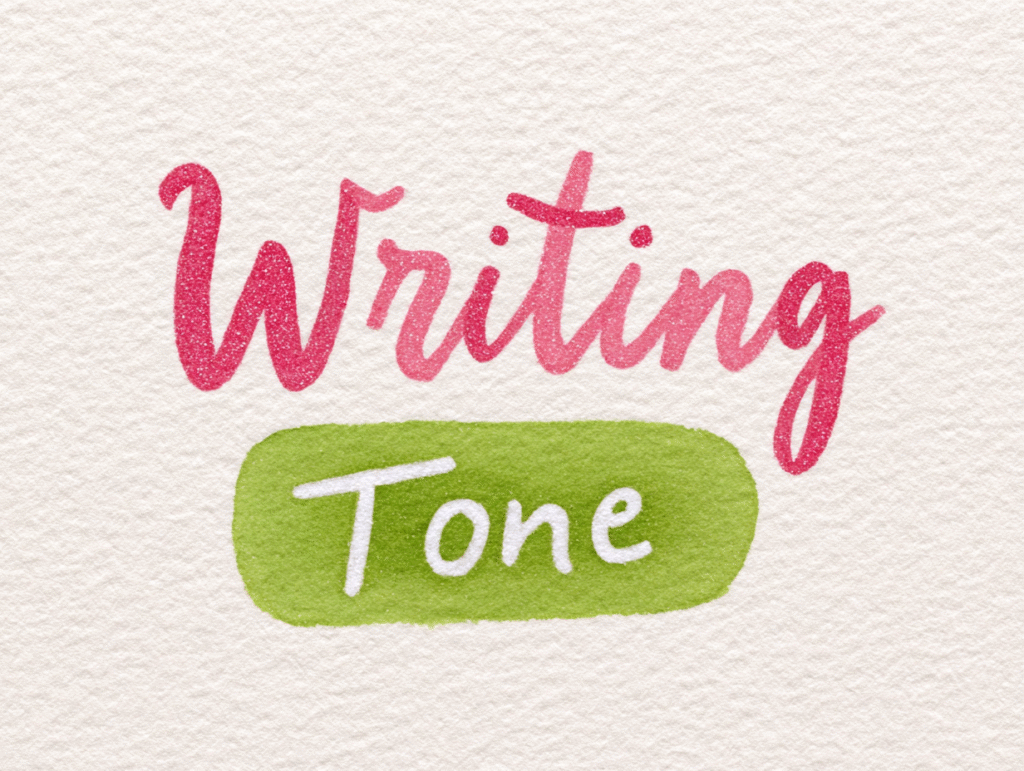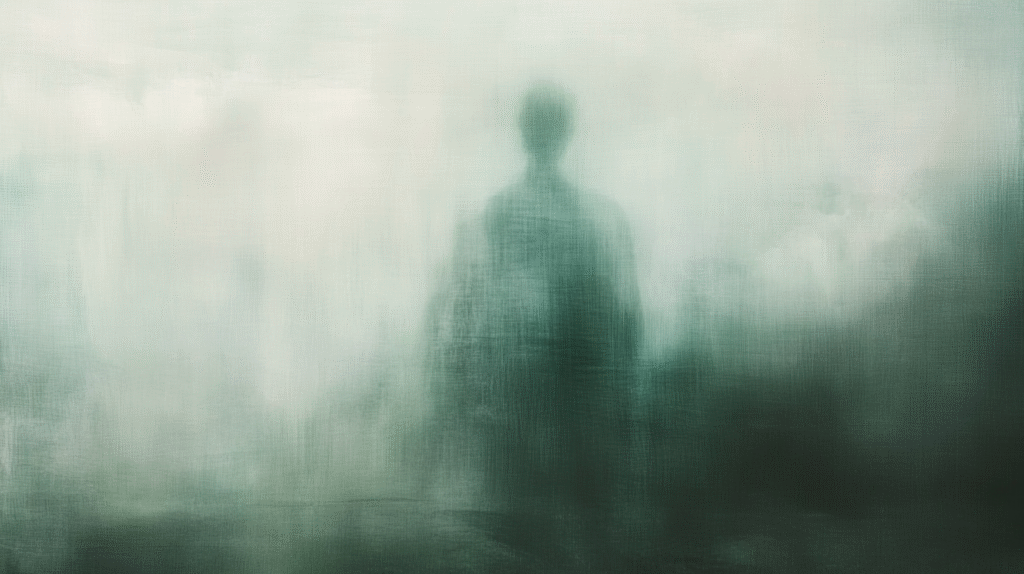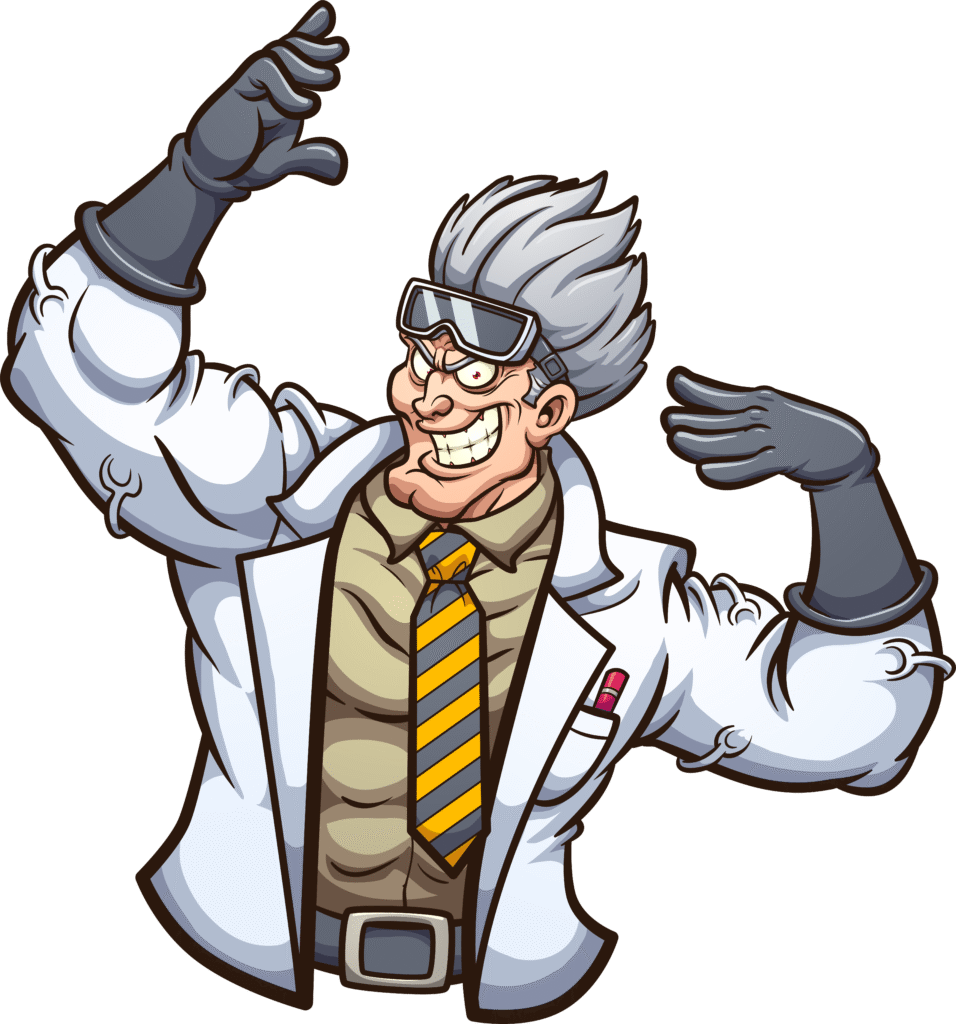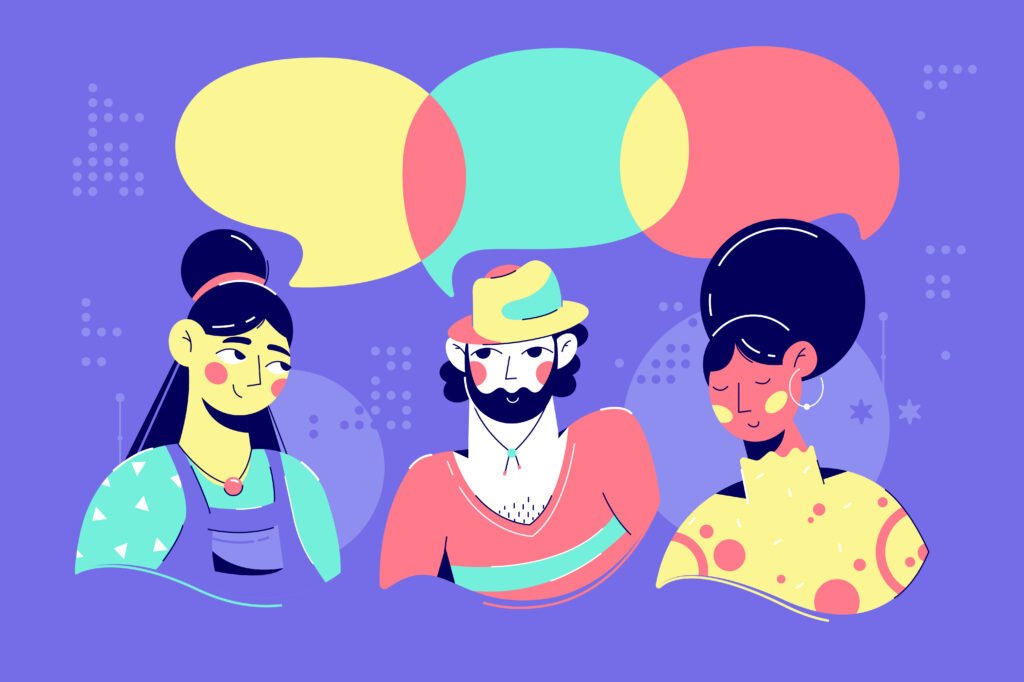Ah the dastardly villain! The beating heart of conflict in a story! They can easily tip into caricature, become too evil to be believable, or worse, reinforce harmful stereotypes. A great villain must feel real, they must evoke strong emotion that leaves an impression that lasts forever…
Let’s delve deeper into how to craft memorable villains, we will look at common pitfalls, and see examples from across literature and film, covering gender, race, nationality, and appearance. Time to imbue your villain with the depth and nuance that they deserve!
What Makes a Villain Memorable?
Well let’s be honest a memorable villain is not just evil for the sake of it, that would be beyond boring. They must have:
- A clear motivation
- A moral code (even if it’s warped)
- A sense of power or threat
- Complexity and internal conflict
- Thematic relevance to the story
Magneto from the X-Men series is violent and destructive, but his actions come from real trauma and a desire to protect mutants from discrimination. In his head he truly believes he’s doing the right thing… and that complexity is what makes him far more compelling than a generic megalomaniac.
Heroes vs Villains: Key Differences in Writing
Writing a hero is often about aspiration, a character the reader can root for. Villains on the other hand are supposed to provoke conflict. They bring the dark side of humanity into your fictional world and challenge the hero’s view of it. At the end of the day the villain should represent what the hero could become under different circumstances. A good villain doesn’t need as much “screen time” as the hero, but when they do appear, they have to make an impact or nobody will care.
Think of Hannibal Lecter in The Silence of the Lambs. He appears in only a few scenes, yet his character lingers long after, simply because his intelligence, charm, and menacing personality are literally unforgettable.
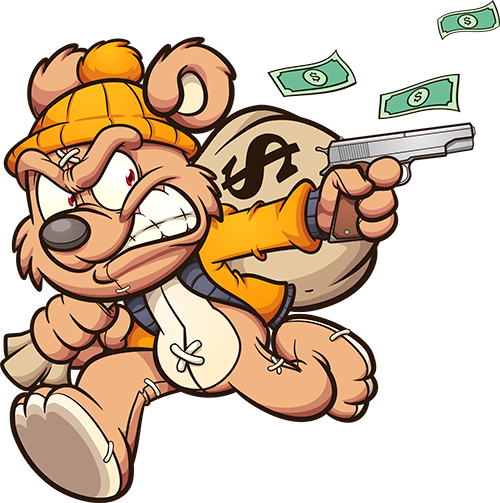
Avoiding Clichés and Stereotypes
Tropes to Handle With Care
Villain tropes can be useful starting points, but use wisely! Here are some common villain archetypes and the dangers they pose:
- The Evil Genius: Often male, and emotionless. Avoid making intelligence synonymous with cruelty.
- The Femme Fatale: Red lips, black dress, seductive and treacherous. Overused, and often reduces women to mere objects.
- The Foreign Terrorist or Dictator: Reinforces xenophobic narratives. This has led to decades of Muslim, Asian, and Russian characters being cast as villains.
- The Physically Disfigured Villain: Scarred faces, missing limbs, or other disabilities used to visually signal “evil”. This trope unfairly associates physical difference with moral depravity.
Instead of relying on looks or cultural background why not build your villain from the inside out. What do they want? Why do they believe they’re right? What lines are they willing (or not willing) to cross?
Gender, Race, and Nationality
Gender
Female villains are often sexualised or reduced to jealous rivals. Instead, explore a full range of motivations for women. Cersei Lannister in Game of Thrones is driven by power, love for her children, and deep insecurity. She’s not evil because she’s seductive; she’s evil because she believes the ends justify the means.
And also please don’t shy away from writing male villains who show vulnerability, complexity, or emotional depth. Whilst toxic masculinity is certainly a valid theme to explore, well it shouldn’t be the only defining trait.
Race and Nationality
Be mindful when assigning villainous roles to characters of a particular race or nationality. Western media has long vilified characters of Middle Eastern, Asian, African, or Eastern European origin. This perpetuates dangerous ideas about who is “threatening” or “other”.
Consider:
- Why is your villain from this country?
- Are you reinforcing a stereotype or subverting it?
- How are people from this group usually portrayed in fiction?
You can totally have a Russian or Middle Eastern villain if you want to, but if they’re your only characters from that background, you may be treading dangerous ground.
Better yet, flip the script. Give your villain a background that challenges expectations. What if your tyrant came from a wealthy and respected Western democracy? What if your villain is part of the hero’s own culture?
Appearance and Clothing
Writers often rely on visual cues to distinguish villains: dark clothing, sharp features, scars. While this can be effective, overusing it can make your characters feel generic.
Ask yourself:
- Does their appearance suit their role or personality?
- Is it symbolic, or just stereotyped?
- What message might it send that I don’t intend it to?
In Black Panther, Erik Killmonger wears American streetwear and military clothing whilst T’Challa’s wears regal Wakandan garments and this reflects their identities and ideologies. Killmonger is shaped by oppression in the West, T’Challa is shaped by tradition and isolationism. The costumes support character and theme and totally works.
Names Matter
Villain names often hint at danger or mystery. Think of:
- Voldemort – “flight of death” in French.
- Darth Vader – “Dark Father”.
- Sauron – a harsh, ancient-sounding name with a single, all-seeing eye.
But not every villain needs a sinister name and in fact, too-obvious names like the above can undermine credibility, however that all depends on the feel of your story, the theme of the other character’s name for example plays a huge part too. Just imagine a financial villain named “Greedman”, come on, it tells more than it shows.
Instead:
- Match the name to the setting (a medieval warlord probably shouldn’t be called Brad).
- Use names that suit the character’s background, culture, and class.
- Consider irony, a sweet-sounding name can contrast chilling behaviour.

Behaviour and Psychology
Good villains act with purpose, meaning their choices mirror their beliefs and their wounds.
Consider Iago from Othello. He manipulates others with precision and all while hiding his true motives. His evil is quiet, personal, and psychological.
On the flip side, The Joker (particularly Heath Ledger’s version in The Dark Knight) represents chaos. His unpredictability creates tension as he challenges Batman’s values and forces moral questions.
Some questions to ask while writing:
- What event or belief shaped the way the see the world?
- How do they justify their actions?
- What do they fear or regret?
- What is their relationship with power?
A great villain sees themselves as the hero of their own story. Their logic might be flawed to the hero, but to them, it’s the most valid thing in the world.
The Villain’s Role in Theme
Villains should challenge the hero in ways that are both personal and thematic.
In Les Misérables, Inspector Javert is not a typical villain but a man of law and order, and his morality conflicts with Jean Valjean’s redemption arc. Javert represents a system that can’t contain change nor mercy.
In Harry Potter, Voldemort represents fear of death, obsession with power, and the lack of love. Harry defeats him not through being better at magic than him, but through compassion, sacrifice, and friendship.
Your villain should force the hero to confront something internal like a fear, a flaw, or a belief. Because without that, the conflict simply becomes superficial.
Redemption, Tragedy, and Complexity
Not all villains need a redemption arc, but if you choose to give them one it can add richness to the story.
Consider:
- Zuko from Avatar: The Last Airbender. His journey from villain to hero is one of the most satisfying in television.
- Gollum from The Lord of the Rings. Pitiful, dangerous, and tragic. He’s both the villain and the victim. He’s precious.
- Walter White in Breaking Bad. A protagonist who becomes the villain, Walter’s descent is terrifying because it’s so gradual and so believable.
Some villains are tragic because their pain is completely real, and their fall is totally avoidable. Others are monstrous because they’ve simply gone and abandoned all that remained of their humanity.
Final Tips for Writing Villains
- Give them agency. Villains should make choices and not just react.
- Make them intimate. If they know the hero personally it raises the stakes.
- Let them win occasionally. Small victories can build further tension.
- Avoid cartoonish evil. Few people are evil for fun, it sometimes works though, think Gru from Despicable Me, he’s not really a villain – but he wants to be!
- Consider multiple antagonists. Systems, institutions, or natural forces can be just as powerful as people alone.
Conclusion
At the end of the day villains are a lot more than just obstacles for your heroes to overcome. They are mirrors, foils, provocateurs, and a great villain stays with the reader long after the book is closed and not because they were monstrous, but because they were recognisably human. Some readers even prefer the villain to the hero…
So be brave in crafting your villain and let them be frightening, yes, but also thought-provoking. Let them embody the themes your story explores but most of all, give them the same care and complexity you would give to your heroes because in the end, it’s not just heroes who define a story, it’s who they must overcome to even become the hero! And that truly makes a story unforgettable.


